
Wood and Polymer Brown Composite Board, Thickness 24 and 30 mm at Rs 35/square feet in Sagar
Wood plastic composite (WPC) refers to a blend of wood-based materials recovered from the sawmill industry, such as fibres, sawdust, lumber, veneer, or particles which are blended with biodegradable polymers such as thermoplastics or thermosetting from recycling to generate composite material (Friedrich Citation 2022; Gardner, Han, and Wang.

POLYDWCK Wood Polymer Composite Decking at Rs 450/square feet in Kochi ID 14050387262
Wood polymer composites (WPCs) are typically produced from the combination of two basic materials, namely wood fibres or wood flour (reinforcement) and thermoplastics (matrix) [1,2].WPCs are frequently substituted for conventional materials owing to inherent characteristics such as low density, low processing costs, flame retardancy, mechanical properties, renewability and biodegradability.

Mengenal Wood Plastic Composite (WPC)
Wood Composite Wood Plastic Composites (WPC) Applications Products Support Product Groups Building the future with wood plastic composites Explore additives and impact modifiers to enhance wood plastic composite materials that are more sustainable and durable than regular wood. The popularity of wood plastic composites (WPCs) keeps growing.

Wood Polymer Composite Wiedehopf® Building Façade Systems
Wood plastic composite is panel or lumber product made from recycled plastic and small wood particles or fibers. Wood plastic composites are relatively new products as compared to the long history of natural lumber or traditional wood composites such as particleboard or fiberboard.

Top 5 HighQuality Wood Polymer Composite Products
Book description Wood-polymer composites (WPC) are materials in which wood is impregnated with monomers that are then polymerised in the wood to tailor the material for special applications. The re. read full description Get this book Download all chapters Share this book Table of contents Actions for selected chapters Select all / Deselect all
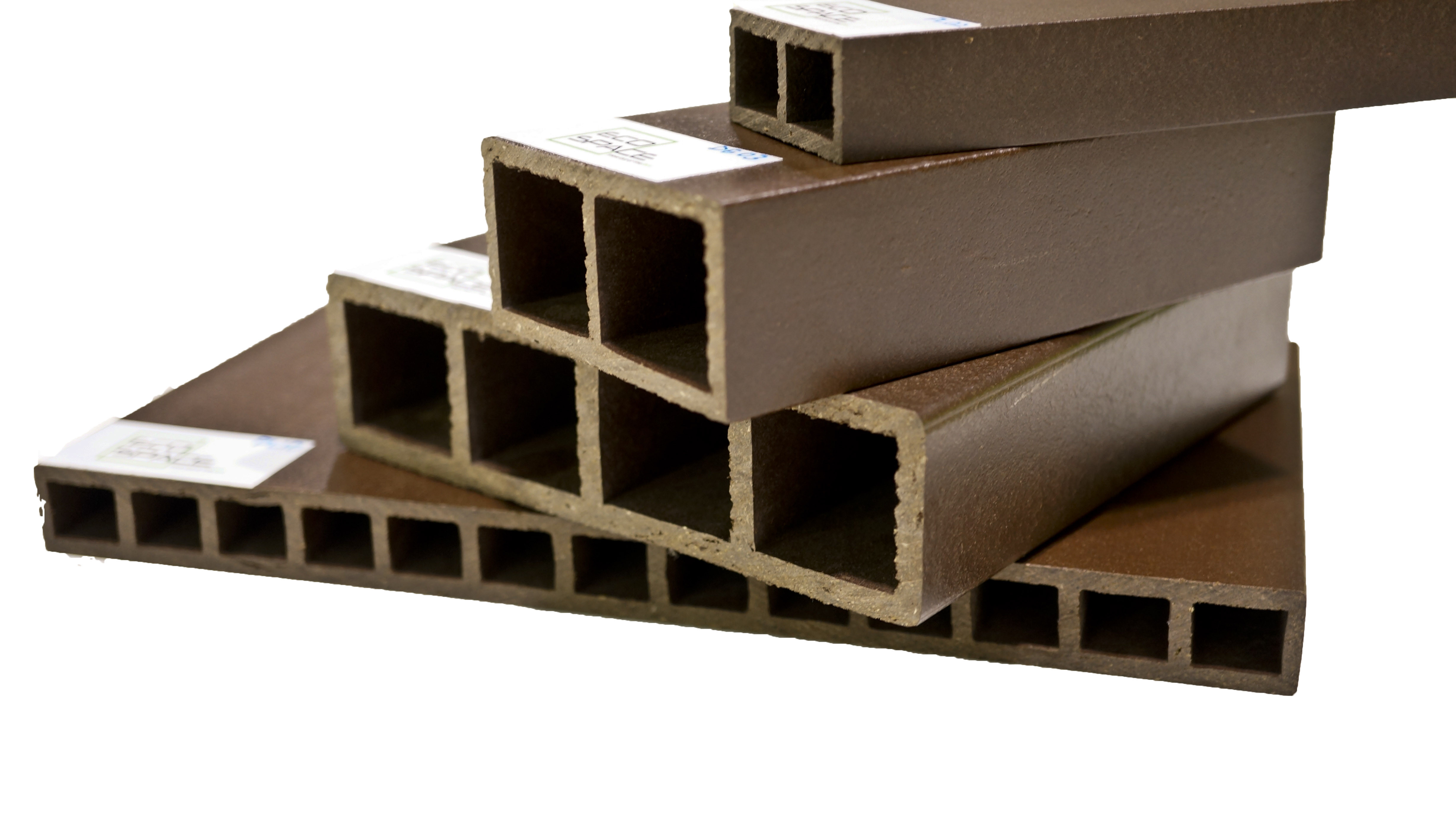
picture1
Wood-plastic composites (WPCs) are increasingly broadly applied composites that combine the merits of wood and plastics, such as the renewable, degradable, lightweight, and low-cost characteristics of wood, and the thermoplasticity, hydrophobicity, and toughness of plastics.

Wood Plastic Composite Uses and Benefits General Kinematics
Wood plastic composites, generally produced using extrusion technology, are composed of natural fibers or wood in particulate form, thermoplastic resins (polyolefins) and additives such as lubricants, colorants and inorganics. Natural fiber and wood plastic composite producers and suppliers can utilize the Wood Materials and Engineering.

Wood Polymer Composite Panel at best price in New Delhi by Memar Designs ID 9640765955
Recycling wood from construction and demolished structures and combining it with plastics forms wood-polymer composites (WPC) which have a very wide scope of usage. Such recycled composites have very low environmental impact in terms of abiotic potential, global warming potential, and greenhouse potential.
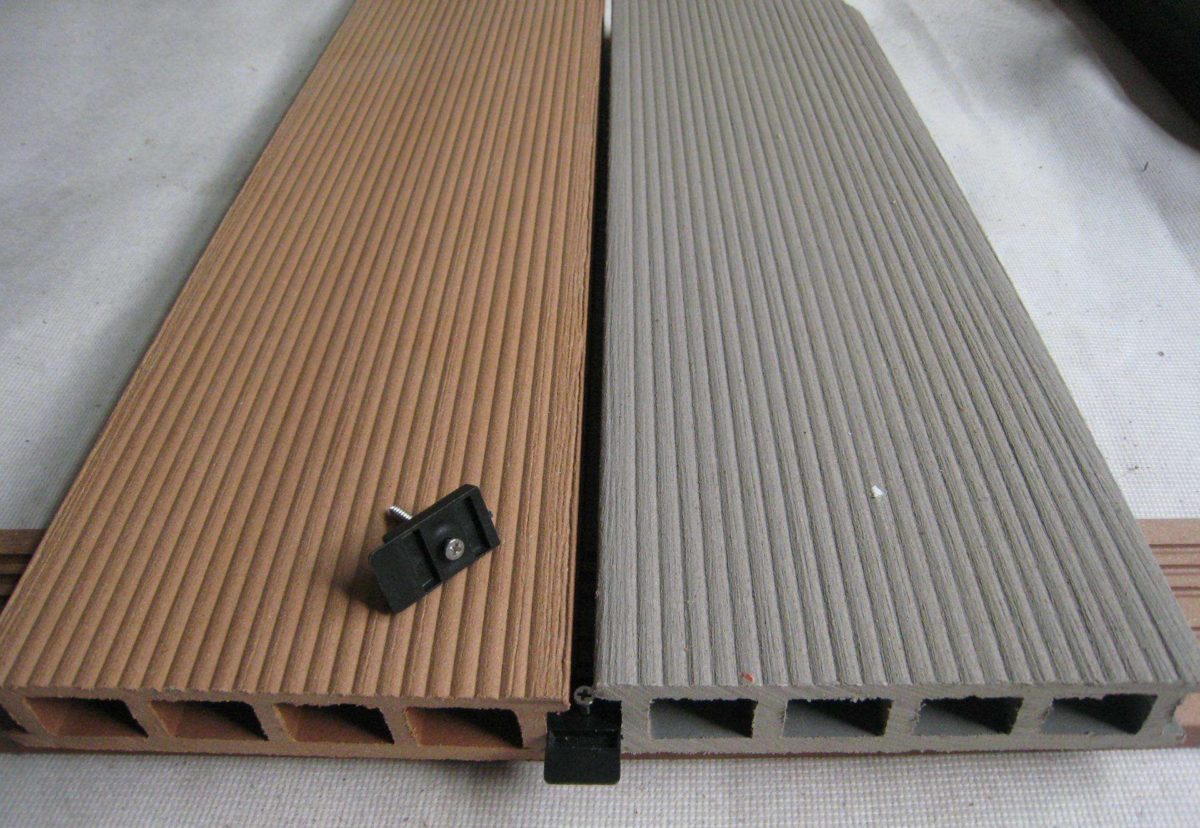
What is Wood polymer composites? Alphaboard, Sultanate of Oman
Wood Polymer Composite is a dense material that is produced when wood is combined with polymer and encased in a plastic cap. Polymer to wood ratios vary from 4:1 to 3:2. This epoxy is poured into a variety of molds that each accommodate different wood profiles. When set, the wood polymer is wrapped with a plastic cap textured to simulate wood.

Wood Polymer Composite Wiedehopf's Newest Material Wiedehopf® Building Façade Systems
Wood plastic composites (WPCs) is one of crucial and potential engineering wood products that has been extensively employed in the fields of landscape, transportation, municipal engineering and building construction. It has gradually been used to replace the conventional wood-based composites.

Best Wood Polymer Composite Exterior Products Wiedehopf
Wood-Polymer Composites Wood is a natural, sustainable material that is utilized by numerous industries for its mechanical, physical, and chemical properties. The hierarchical structure of wood influences its structural performance. However, in its natural form it has limited commercial utility.

Wood Polymer Composite Wiedehopf's Newest Material Wiedehopf® Building Façade Systems
PVC material is not susceptible to pests - a huge advantage over wood, no need to process. Other characteristics are: Simple installation, perfect appearance - does not require constant processing. 1.2. Manufacture of WPC Currently, the use of polymer composites filled with wood (WPCs) for the
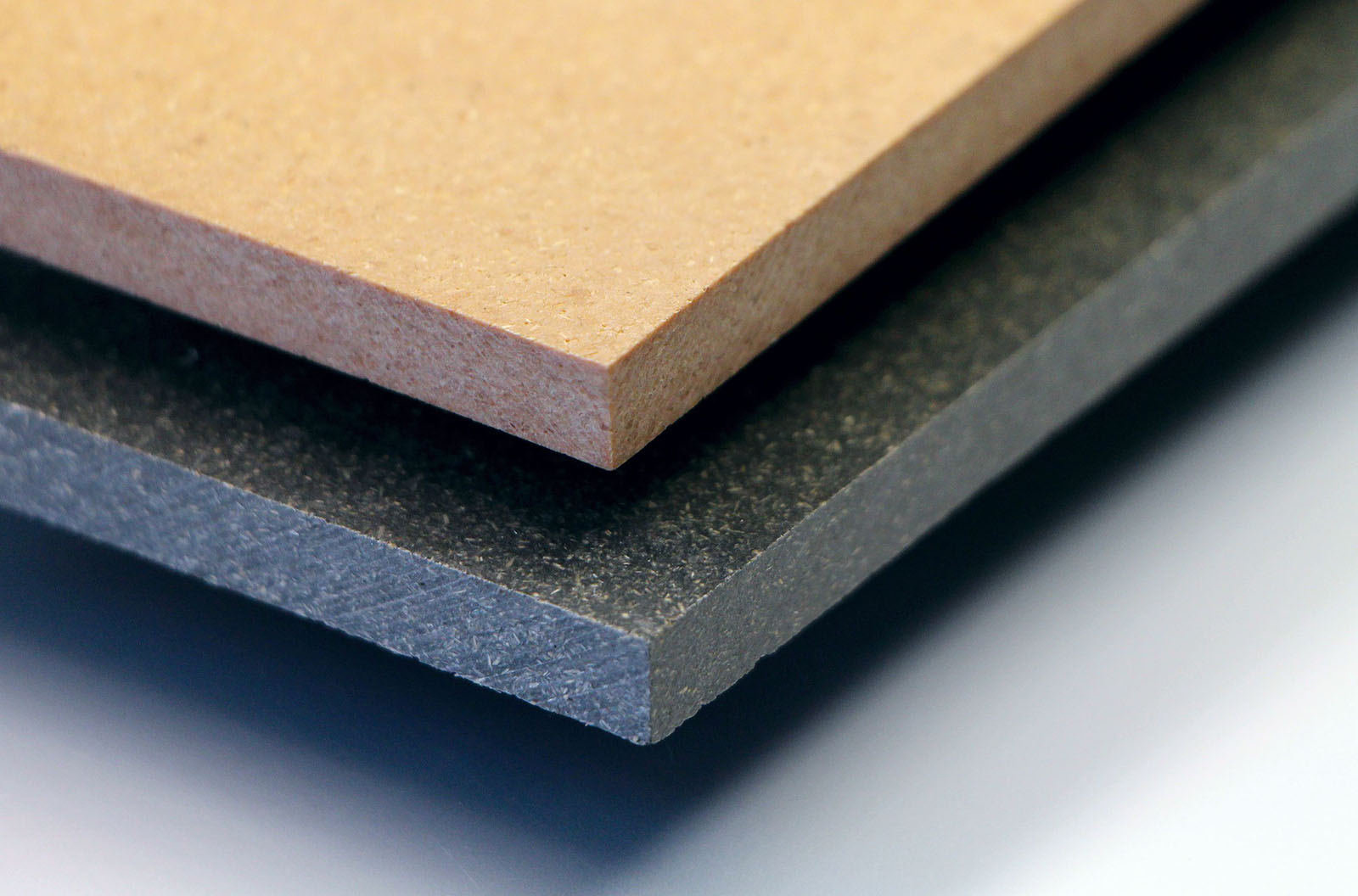
Woodpolymer composite furniture with low flammability
Wood-plastic composites (WPCs) are composite materials formed by combining wood-based elements and plastic fibers. WPCs can be manufactured entirely from recycled materials obtained from wood product manufacturing facilities along with the plastic powder. Figure-1: A Storage Shed Made of WPCs
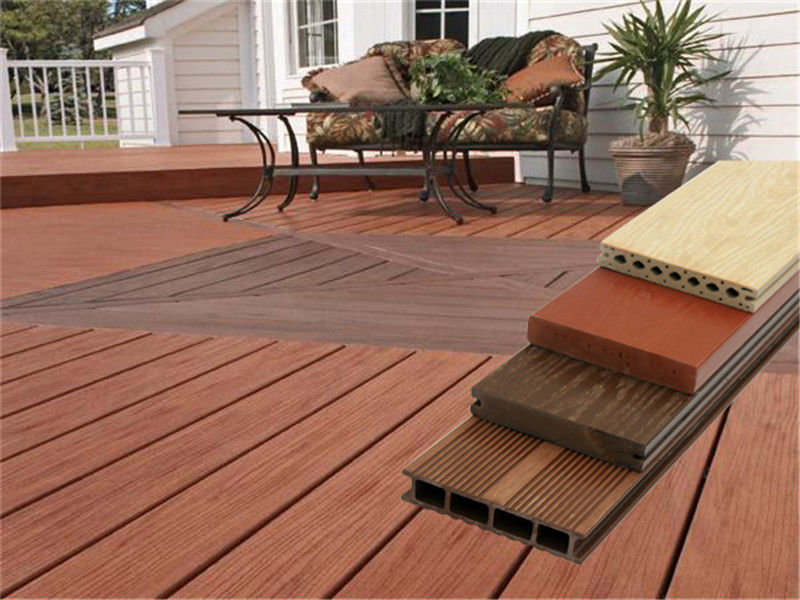
Moisture Proof WPC Wood Plastic Composite Decking Boards For Outside 2m / 3m / 4m
March 10, 2023 If you're considering building a deck, you've likely come across terms like "composite" in your search. But what is composite wood? Composite generally refers to man-made materials created with an engineered mix of ingredients.
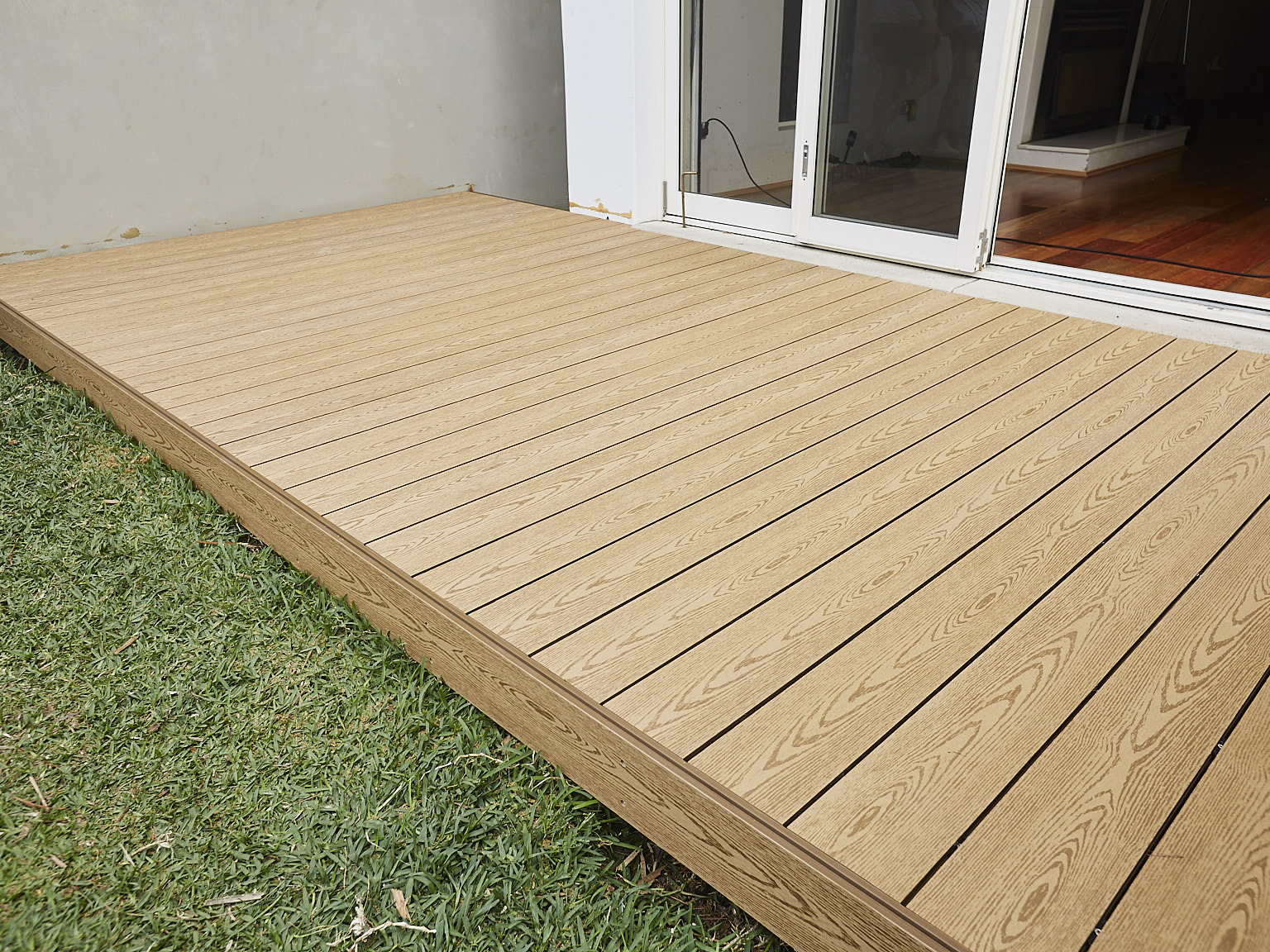
Wood Plastic Composites A Growing Alternative to Timber Architecture & Design
Introduction to Wood Polymer Composites R. Ruban, H. Mohit, P. Ramesh, V. Arul Mozhi Selvan, G. H. Kumar Pages 1-20 Manufacturing of Wood Polymer Composites Neeraj Dubey, Rajesh Purohit, R. S. Rana Pages 21-41 Wood Treatments and Interfacial Bonding in Wood-Plastic Composites Matheus de Prá Andrade, Matheus Poletto Pages 43-65
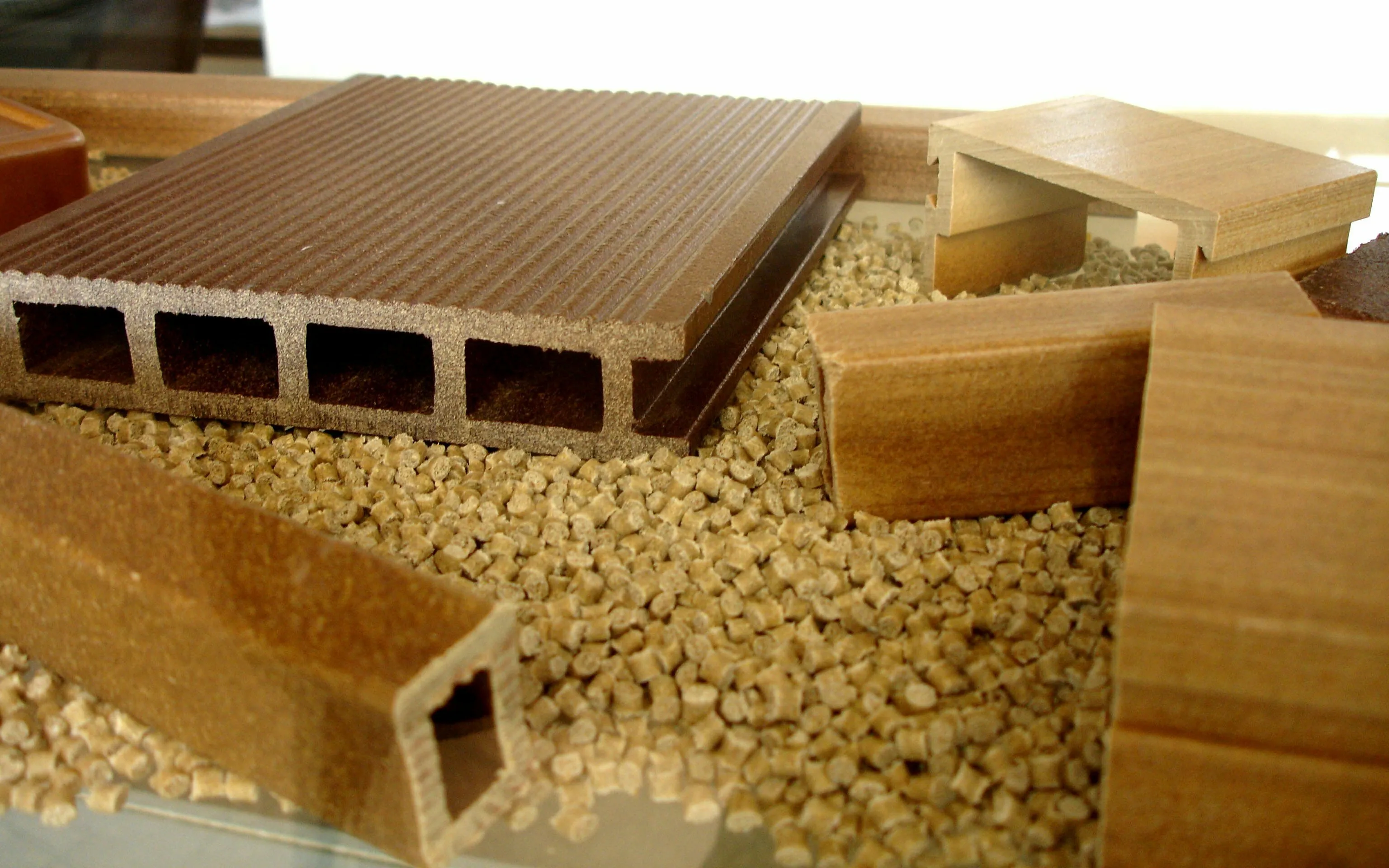
Wood Plastic Composites WPC AIMPLAS
Wood polymer composites (WPCs) are a relatively recently developed product, the current market of 220,000 t per annum (Europe, in 2010) has been developed over about 20 years of intense activity.